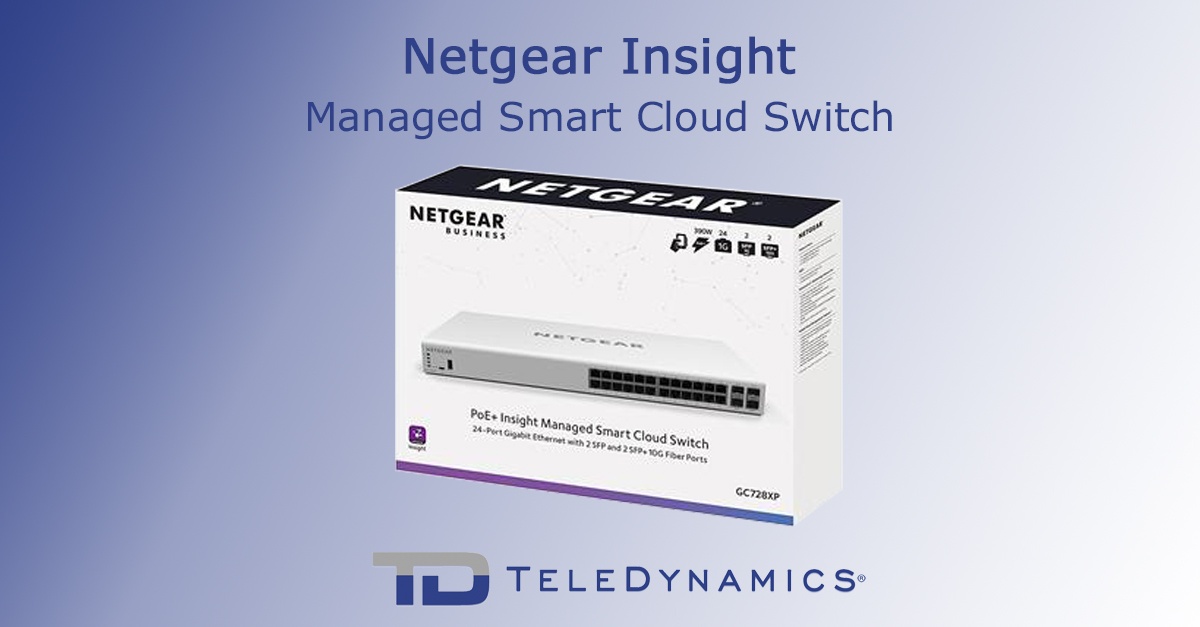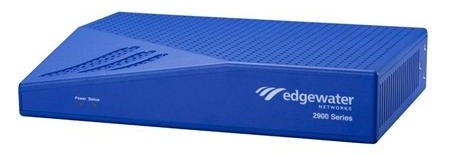Your customer using a legacy phone system decides to switch to voice over internet protocol (VoIP). They install an IP PBX and buy some IP phones. Great, they’re all set, right? Wrong. Without configuring their data network for quality of service (QoS), they will experience a severe deterioration in voice quality and may regret making the decision to switch. Yes, the IP PBX and the IP endpoints will already be configured for QoS. But what about other parts of the network like the pre-existing routers, switches and firewall? All it takes is one missing link for the whole system to be compromised.
QoS is a big topic. In this article, we’ll look at two main approaches to QoS: IntServ and DiffServ, their strengths and limitations, and when to use which one.
Read More
Topics:
QoS,
Business Telephone System,
VoIP,
Routers,
Network Design,
Switches
Over the past few weeks we’ve looked at different ways to structure multisite VoIP deployments. The truth is, each business is unique and sometimes a customized architecture is needed. In this article we look at a hybrid solution. A hybrid call processing deployment allows you to craft a solution that is perfectly tailored to a specific customer’s needs.
Read More
Topics:
Customer Service,
Business Telephone System,
VoIP,
Total Voice Solution,
Network Design
Last week, we discussed centralized call processing and its benefits and potential pitfalls. In this article, we’ll examine another type of telephony infrastructure design for multisite enterprises: distributed call processing.
Read More
Topics:
Business Telephone System,
VoIP,
Total Voice Solution,
Business Continuity,
Network Design,
Business Strategy
Enterprises with multiple sites have a variety of options when it comes to their IP telephony infrastructure. Which setup will best meet their needs depends on the answers to questions such as:
- Where should the call processing take place?
- Where should calls to the PSTN exit the network?
- Where should incoming calls connect to the corporate network?
These decisions depend on the nature of the underlying network infrastructure that will carry the IP telephony services, as well as other considerations such as the location of the remote sites, the dial plan, and cost.
In this article, we discuss the centralized call processing model and how to avoid common complications with its deployment.
Read More
Topics:
IP PBX,
Business Telephone System,
VoIP,
Network Design,
Gateway
Implementing telephony solutions in an enterprise environment can be daunting. The level of difficulty and complexity usually escalates with the number of end users. Implementing a telephony solution in a multisite environment takes the complexity to a different level altogether.
In this article we offer up some tips for streamlining the implementation of a multisite VoIP deployment so the company can derive the maximum benefit from the solution.
Read More
Topics:
Customer Service,
Business Telephone System,
VoIP,
Total Voice Solution,
Network Design
Product Review
Netgear, a company with a heritage spanning over 22 years (an eternity in the telecom market), is steadily gaining prestige and recognition for the quality of its products and their attractive quality/price ratio (QPR).
In this article we review Netgear's Insight Managed Gigabit Ethernet/10G SFP+ Smart Cloud Switches, which are incredibly feature-rich considering their affordable price point!
Read More
Topics:
Network Design,
Product Review,
Switches
...Especially if they have lousy internet service
Because of its name, most people think of SD-WAN as being relevant only for companies with multiple sites. But SD-WAN can do wonders for many types of companies – even a single-site business located in a remote area with an unreliable internet connection. If you work with a company that fits this description, SD-WAN can resolve a lot of their VoIP issues.
Read More
Topics:
Business Telephone System,
VoIP,
Network Design
How you connect to the internet will impact your VoIP phone system
Because SIP trunks leverage the WAN technology used to connect to the internet, it is imperative to understand how the choice of WAN technology will impact the functionality of the SIP trunk. There are different ways to connect to the internet, and each has implications for voice traffic.
In this article, we discuss the main considerations to take into account when choosing between MPLS, metro Ethernet, LTE and SD-WAN.
Read More
Topics:
Business Telephone System,
VoIP,
SIP,
Network Design
Review of the EdgeMarc 2900a and 2900e Enterprise Session Border Controllers
Update: Since this article was published, in 2018, Edgewater Networks was acquired by Ribbon Communications.
Edgewater Networks has added to its line of enterprise session border controllers (eSBCs) with its EdgeMarc 2900A and 2900E models. These are designed to enable enterprises and service providers to future-proof their SIP trunking and Unified Communications (UC) deployments. With built-in mechanisms for both QoS and security, they provide intelligent mechanisms allowing for both hosted PBX services as well as SIP trunking applications.
They have several features that differ from other EdgeMarc SBCs.
Read More
Topics:
QoS,
VoIP,
SIP,
Peripherals,
Network Security,
Network Design,
Product Review
An SD-WAN can be up to 2.5 times less expensive than traditional WAN architecture.
One of the most challenging situations for networking professionals over the years has been how to interconnect remote sites and branch offices so users at all locations can enjoy the same quality of network and telephony services in a secure and timely manner. One way to do this is to duplicate all services at each location. However, this can become administratively unwieldly, not to mention prohibitively expensive.
The solution is the use of wide area networks (WANs), where centralized services like voice and data reside at headquarters and can be provided to the remote users as if they were all physically located inside the headquarters’ LAN (local area network). In this article, we look at the different ways to deploy WAN, as well as the problems solved and business benefits to be gained by using software-defined WANs (SD-WANs).
Read More
Topics:
QoS,
Total Voice Solution,
Trends,
Network Design,
Cloud

















